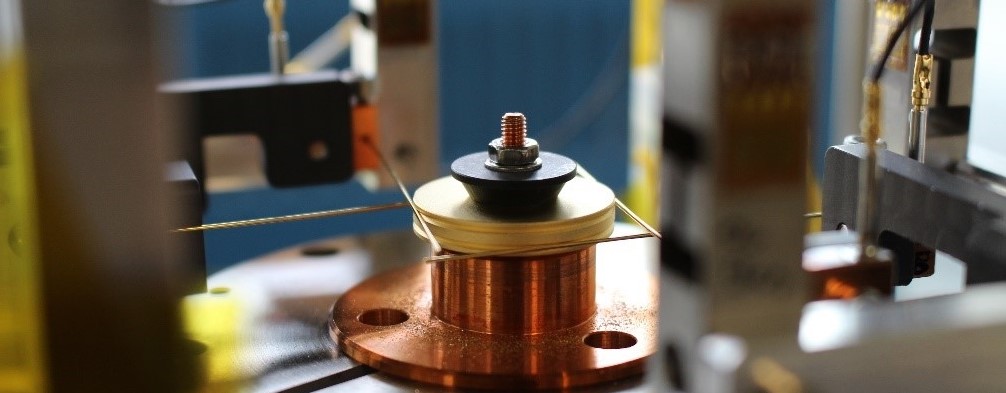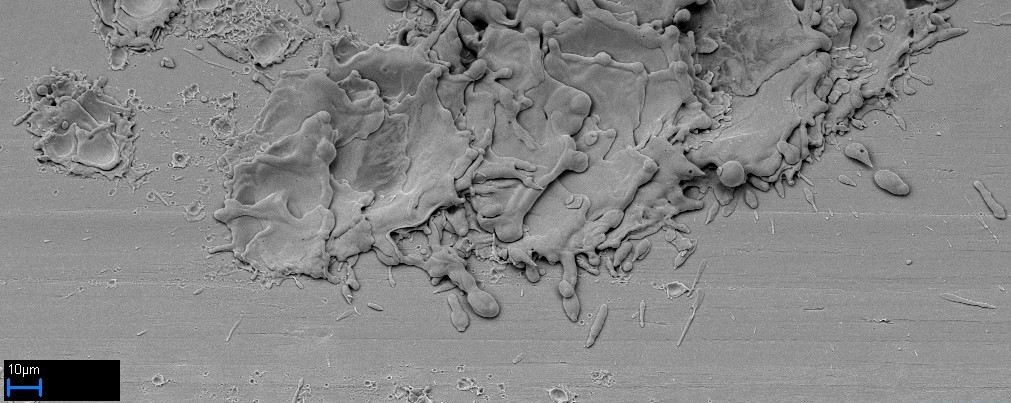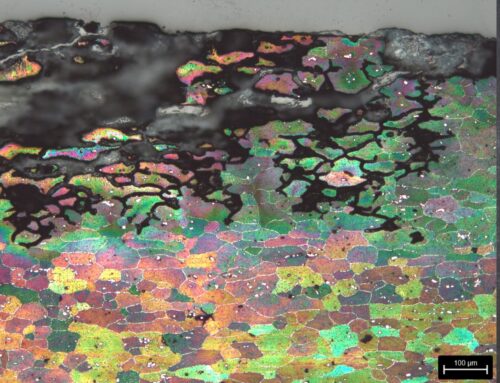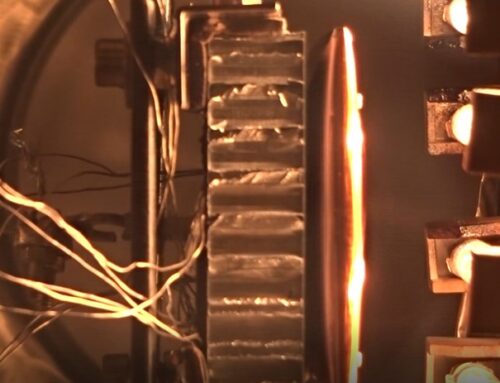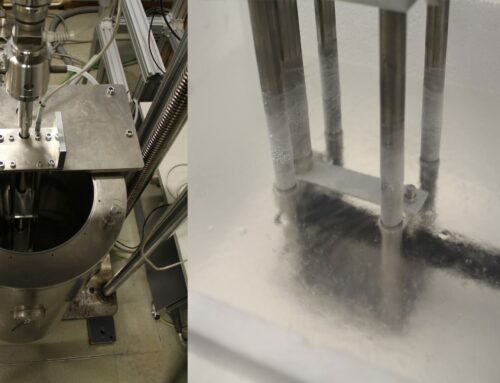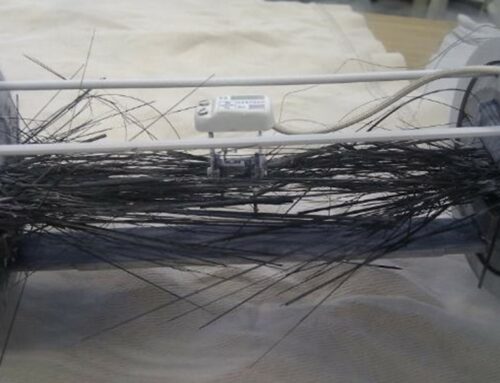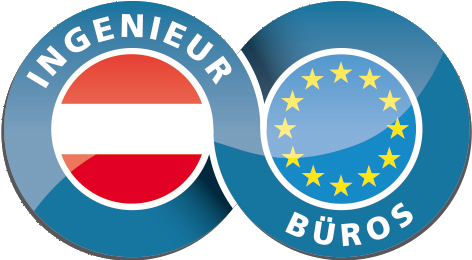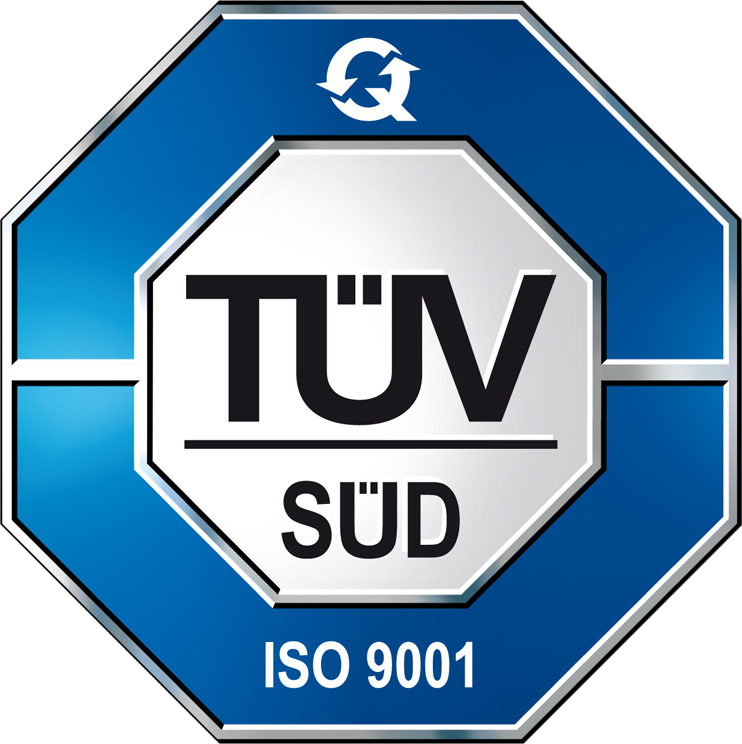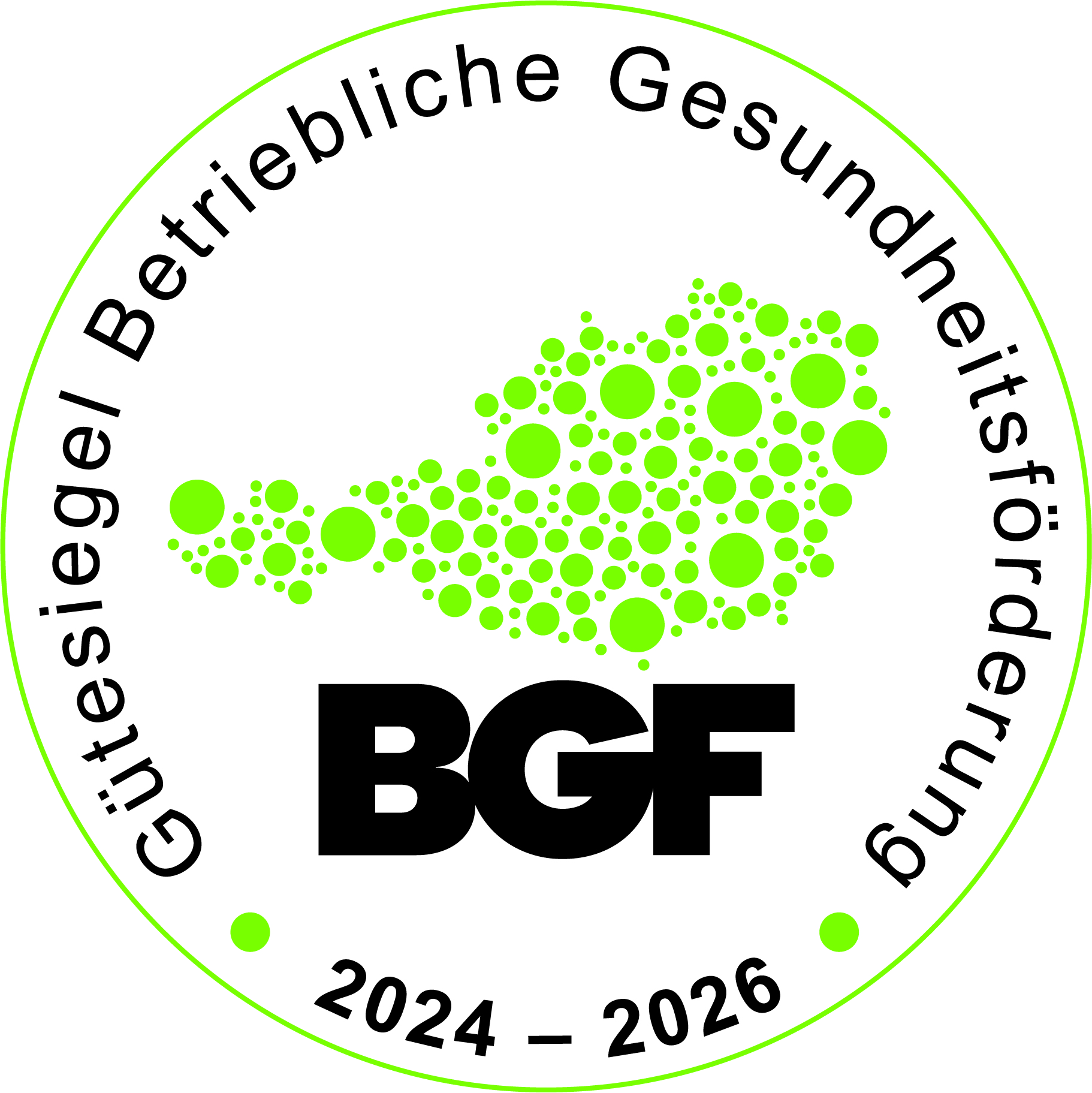A slip ring (in electrical engineering terms) is a method of making an electrical connection through a rotating assembly. Slip rings, also called rotary electrical interfaces, rotating electrical connectors, collectors, swivels, or electrical rotary joints, are commonly found in all rotary systems with electrical connections of sensors and receptors. They are a common building block in terrestrial and space applications, e.g. wind turbines, computer tomography scanners, solar arrays in space and many more.
Tribological characterization
One of the most important properties of a slip ring is good tribological behavior. On the one hand, a slip ring must not wear out, but on the other hand it cannot be lubricated as desired. The contact materials are also strictly limited because they must meet high electrical requirements.
Even more limited in materials and lubrication are slip rings for usage in space, where the proper functionality must be guaranteed without possibility of service. Lubrication of sliprings in space is still a poorly researched topic.
Electrical characterization
The other important property is good electrical behavior. Currents must be transferred with lowest losses. Any increase of resistance can lead to self-heating of the slip ring system and increased temperature leads to increased resistance on the other hand – it is a spiral of failure.
In space there is even more to consider than the electrical contact materials: outgassing isolator materials beside electrical tracks can degrade contact surfaces.
Tribo-electrical connections
Famous questions regarding slipring performance:
“Is there any connection between friction coefficient and electrical noise?” – Yes, there is a connection – as AAC found in several tests on unlubricated sliprings.
“How much oil is too much oil in lubricated sliprings?” – This is highly dependent from your application!
“Do high preloaded brushes have less noise but wear out faster?” – No, this was not found as general rule.
Ongoing research at AAC
There are a lot more of questions to be answered! We target to find those answers and do not hesitate to rethink test methods and e.g. perform infrared monitoring of slip-ring and brush temperatures in vacuum. Force measurement in Millinewton range is our daily business. With electron microscopy and energy dispersive x-ray spectroscopy, tested slip-rings and brushes are analyzed – searching for the failure mechanism. Targeted in-situ application of contaminants simulate degradation due to outgassing materials.
With a new test method, slip-rings can be characterized from -50°C up to +150°C in air, vacuum or gaseous environment. The only limitation for slip-ring testing we accept is the limitation of our fantasy.
Electrotribological testing in space environment offered by AAC
Interested in more information or the characterization of sliprings? Get in touch with our team of experts at office@aac-research.at or visit us at Aerospace & Advanced Composites: Space Engineering & Technology

